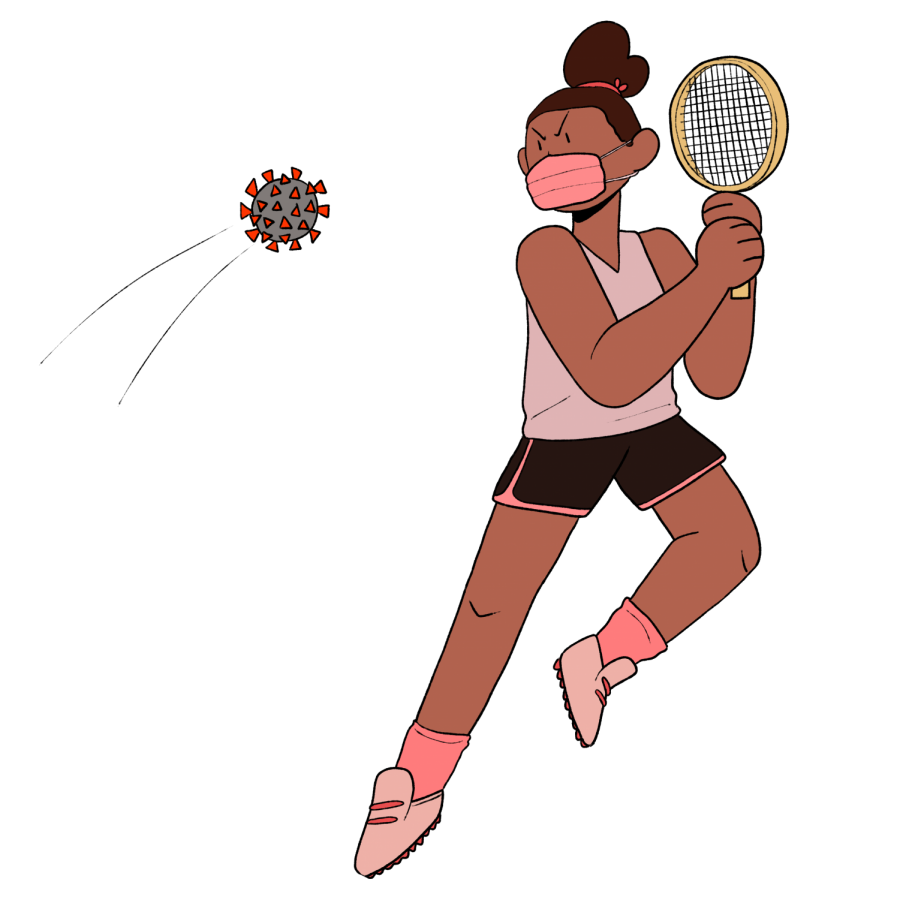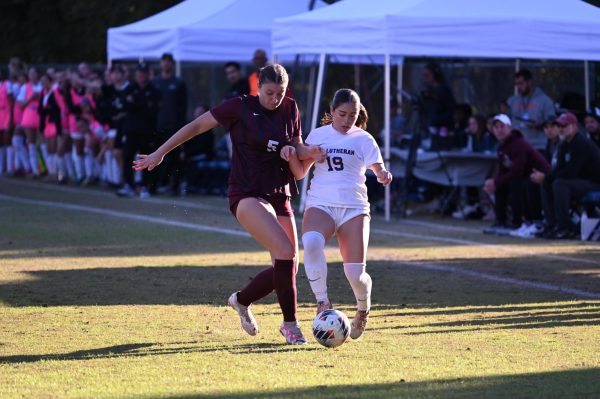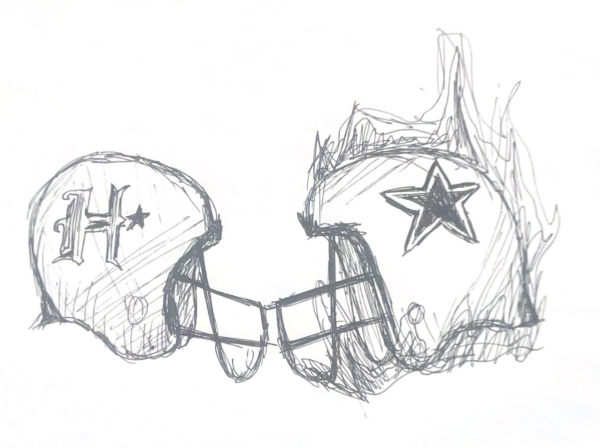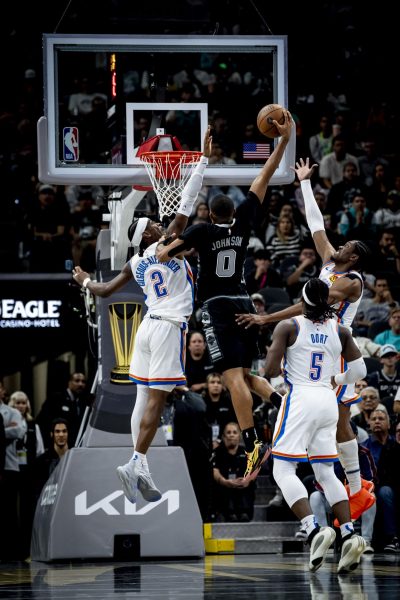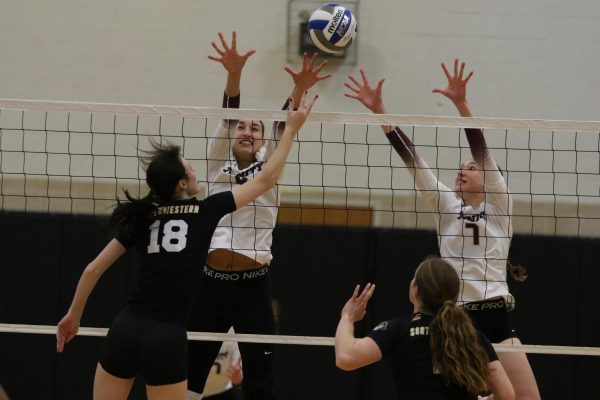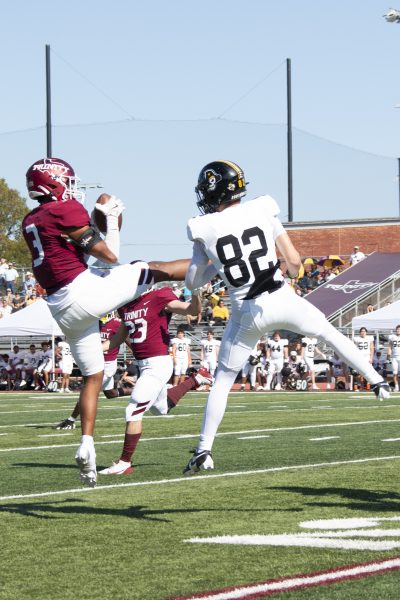Sports are almost back to normal
A look back at the effects of COVID-19 on Trinity athletes over the past 19 months
It’s been 569 days since March 11, 2020, the day Trinity announced it would cancel classes and close residence halls. All varsity athletic activities were also cancelled for the remainder of the semester.
The athletic department went through extensive measures a year ago in an attempt to return to competition. Head Athletic Trainer Marc Powell spoke on what it took to return to practice and play, citing three primary factors.
“One: the safety and well being of our student athletes, coaches, and support staff. Two: the ability to operationalize safety protocol from the University and the National Collegiate Athletic Association (NCAA). Three: cost.” Powell said.
The return to play did not occur until last spring, and while Tigers were back in uniform, things were far from normal, both on and off the field.
Many precautions were put in place for the spring season and Powell highlighted some of the biggest ones. One of these precautions was a mask requirement during practices.
Teams went without locker rooms. Only those that needed one for equipment purposes had access and even then it was limited and de-densified.
Limited capacity was set in place in the sports performance center and in-person meetings. The athletic department implemented phased returns to practices using a POD system, and of course, no spectators were permitted to attend games on campus.
Powell elaborated on the POD system, explaining it as an established training group that was used in practices and the sports performance center. POD groups began at a size of eight athletes, and these athletes were permitted to interact within six feet of each other. Typically, these groups were made up of roommates, suitemates and housemates, to further mitigate risk. As the seasons progressed, POD sizes grew from eight, to 12, and so on until teams were practicing together in full.
On top of all of this was testing. Powell shared that in the spring, testing was based on NCAA guidelines. Symptomatic individuals within the athletic department were tested on demand. High risk sports were tested weekly, as well as three days prior to competition. Medium risk sports had 25 to 50% of their rosters tested weekly. Low risk sports were limited to testing three days prior to competition.
Even today, as the world approaches normalcy, the athletes’ experiences differ from those that they had in a pre-COVID-19 environment.
This is the case for Caleb Harmel and Michael Pham, two juniors who compete on the football and men’s soccer teams, respectively. They both completed full fall seasons in their freshman year before things were shut down. They also competed in shortened spring seasons ahead of full length fall campaigns that they are currently in the thick of.
They both spoke on what life was like as an athlete in the middle of the pandemic and the guidelines put in place by the athletic department to mitigate the impact of COVID-19 and keep athletic teams on the field.
What was different from their perspective? For Harmel, nearly everything. He mentioned how practices, games, travel, team meetings, use of facilities and equipment were all impacted in one way or another.
“As a team, we were tested weekly, and were mandated to wear masks during any team-related events, even practices. We were able to still use our facilities as long as we wore a mask, but one of the biggest differences came with our locker room. We got split into three separate groups in three different locker rooms,” Harmel said.
As a football player, Harmel had access to the locker rooms. Pham did not, but his experience playing soccer was similarly abnormal.
“The athletic department cleaned almost everything after we used it, like equipment. We always had a mask on, both indoors and outdoors. They put restrictions on away trips, like how many people would be able to go, where you would be allowed to sit on the bus, who you could room with in the hotel … the use of the team gym wasn’t limited, but we had to work out in pods with masks on,” Pham said.
For Harmel, the contrasts in travel were some of the most staggering changes from his experience as a freshman.
“Freshman year, we flew to almost every single away game, but because of the pandemic we were forced to drive last year,” Harmel said.
That will change this year, though. As things begin to transition back to the way they were when Harmel was a freshman, the football team will make a flight to Georgia ahead of their second road game of the season against Berry College.
Harmel and Pham both hold a similar sentiment to the conditions today: better and certainly bearable, but not quite normal.
“It’s exciting to be back into more of a normal routine this fall … We are still required to wear masks during any inside team-related activities, but one of the biggest reliefs is not having to wear them during practices or games. We get to just go out and play football and enjoy the game without any distractions,” Harmel said.
“I wouldn’t say things have gotten more lenient, necessarily, but it does feel a lot more normal,” Pham told me. “As a soccer team we are still making sure to avoid any COVID risks such as crowded places. We’re still bringing our own water bottles to practice and have assigned ones for games.”
COVID-19 testing is another aspect of safety that is much different this fall. Powell informed me that all unvaccinated staff and students are tested weekly and 100% of travel parties are tested three days prior to travel. That’s it beyond baseline testing that took place at the beginning of the semester.
Teams have also abandoned the POD system and started their fall seasons practicing together in their entirety. Additionally, spectators have returned to the stands, both indoors and outdoors.
But beyond these changes, many things are the same. The athletic department remains very cautious and requires masks for all indoor activities. Football remains as the only team that has access to the locker rooms and this use still comes in shifts.
Pham was correct in his assessment that things haven’t necessarily become more lenient, certainly not entirely, but it’s understandable that they feel increasingly normal.
Harmel ended things by trying to frame the whole situation in a positive light.
“COVID definitely changed the way that the past year and a half played out,” Harmel said, “but sports are all about overcoming obstacles and growing. As a team, we had to come together and work through a lot of different situations that popped up. I’m really proud of this team for being very responsible during this time and everyone doing their best to stay safe and healthy.”
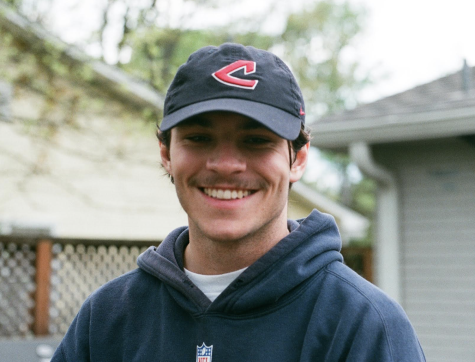
Having grown up in San Antonio, sports have always been especially meaningful to me, in the opportunities that I had playing but also in the way teams...
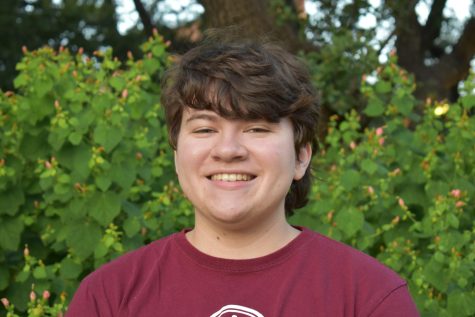
I am a senior Art and English double major from San José, California. I also have an accidental Medieval and Renaissance minor that I picked up through...

